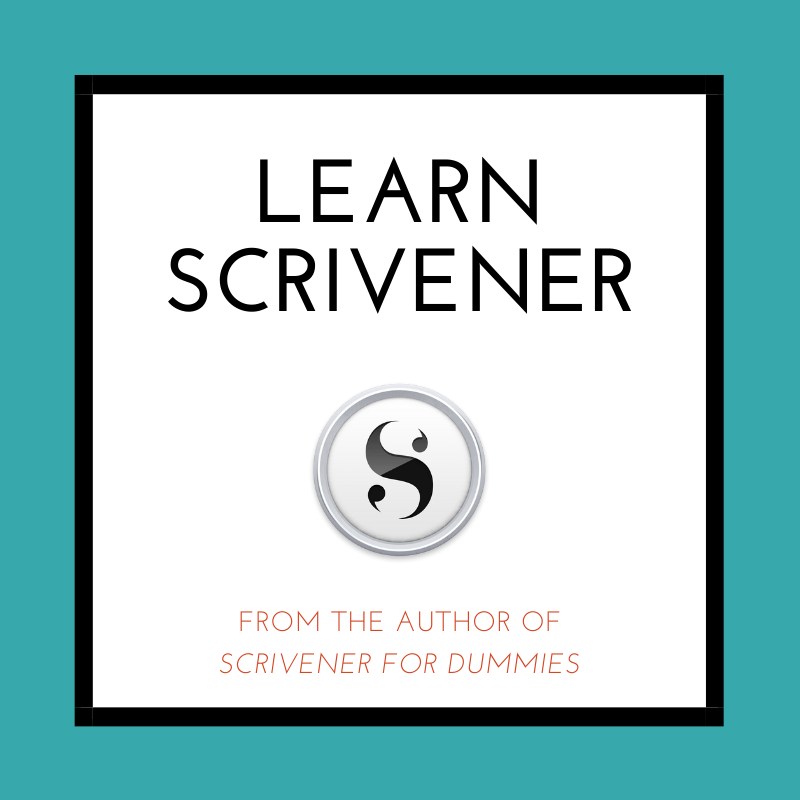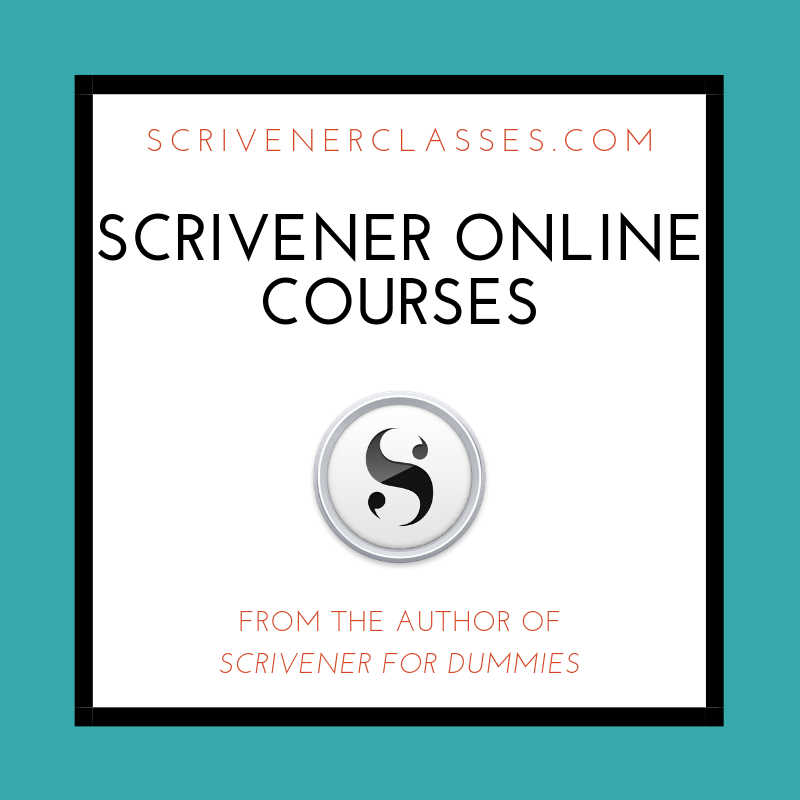You’ll learn about the transformative power of personality in writing. This isn’t just about stringing words together to inform; it’s also about connecting with your readers on a personal level. I’m here to help you discover and harness the techniques that will infuse your content with life and make it resonate.
Let’s kick things off with some perspective: just about anyone can put facts on a page, but it takes a thoughtful blend of skill and personal flair to create content that shines. Today, I’m going to discuss writing techniques that go beyond the basics—those that add a pinch of personality to your prose.
Why’s that important? Well, in a world where readers skim through a sea of content daily, it’s your voice that can make those fleeting moments memorable. What unique personality do you inject into your writing? It’s a beacon that can illuminate your message and attract your audience like moths to a flame.
So, my question to you today is, how can you make your content more than just informative? How can you make it inspiring, engaging, and reflective of your unique persona? I’m going to touch on this and then lead you into the next section, where we’ll dive into understanding your own voice, the cornerstone of all great writing.
Understanding Your Unique Voice
I’m going to highlight how crucial it is to pinpoint what makes your writing uniquely yours. Your writing voice isn’t just about the words you choose; it’s about their rhythm, their flow, and the beliefs and values that resonate through them. It’s this voice that sets you apart and keeps your readers coming back for more.
In my opinion, the best way to start is by reflecting on your own preferences. What are your favorite blogs, books, or articles? What do they have in common? Maybe it’s a conversation tone or a no-nonsense approach to subjects. Whatever it is, analyze it, take notes, and see how that connects to what you enjoy writing about.
Don’t worry too much about getting it right on the first go. Choose something that resonates with you, and let that guide your initial efforts. Over time, your consistency will sharpen your voice. Moreover, you can always adjust your approach down the road if something isn’t jiving.
Exercises like freewriting or journaling can help you explore different facets of your writing personality. Set aside time to write without constraints or judgment. You’re going to find out about aspects of your voice you didn’t know existed. Over time, these exercises can be incredibly revealing and will contribute significantly to developing your style.
Once you’ve begun to nail down your voice, the next step is to wield it effectively within your content. That’s where storytelling comes into play. But you might wonder, ‘How do I infuse storytelling in informative content without diluting the message?’ That’s what we’re going to tackle next.
Mastering the Art of Storytelling
Picture this: you’re wrapped up in a book, lost in the narrative, and the world around you just falls away. That’s the power of good storytelling, and it’s not limited to novels or the silver screen. Your content can harness the same magnetism. Storytelling turns facts into narratives, and those narratives forge connections with your readers. It’s about turning a message into an experience.
Now, you might be thinking, ‘Can stories really fit into my content?’ Guess what? They can, and they will do brilliantly. Weave in anecdotes that relate to your topic. For instance, if you’re writing about productivity techniques, share a personal trial-and-error situation that led you to a breakthrough. It makes the information relatable and more memorable.
But how exactly do you structure a narrative within your content? Start by setting the scene and introducing the ‘characters’, even if that’s just you or your clients. Build up to a problem or challenge, present the journey towards resolving it, and cap it off with the resolution. Don’t forget to reflect on the lessons learned—that’s the gold your readers are panning for.
Injecting humor and wit into your writing isn’t just about cracking jokes or entertaining your readers. It’s about showing them the lighter side of your personality, adding an unexpected twist, or offering an insightful punchline that gets them thinking. In the next section, I’m going to talk about how to find that balance between keeping it professional and adding a dash of playfulness to your writing. It’s a fine line, but with the right approach, it can turn good content into great content.

Injecting Humor and Wit
I’m going to spill the beans on how to add some zest to your words. It’s not just about doling out information; it’s about doing it with style. I’ve come across plenty of dry, informative pieces and thought, ‘This could use a dash of humor!’ So, I’m here to help you with that.
Humor does wonders for making your content stick in someone’s memory. It’s like that teacher who made you laugh while teaching algebra – you might forget the formulas, but you won’t forget the teacher. That’s the kind of memorable content I advocate for.
But remember, it’s key to strike a balance. Your article isn’t a stand-up comedy routine. It’s about being relatable and personable. Don’t worry too much about becoming the next comedic sensation; focus on lightening the mood where it feels natural.
Take complex or potentially tedious topics as an opportunity for a bit of fun. For example, if you’re explaining the intricacies of tax regulations, why not throw in a light-hearted joke about the certainty of taxes and the creativity of deductions?
Now, onto the art of using metaphors and similes without sounding like a walking, talking cliche-factory.
Using Metaphors and Similes Wisely
When it comes to spicing up your content, metaphors, and similes are the salt and pepper of language. They don’t just season your writing; they can transform a bland statement into a tantalizing narrative that captures your reader’s imagination. But I’m going to be frank: like any robust flavor, they must be used judiciously to avoid overpowering the dish.
Crafting impactful imagery through these figures of speech is akin to painting with words. You’re not just telling your reader about something; you’re showing them, using the brushstrokes of your similes and the color palette of your metaphors. Imagine saying, ‘Life is a highway’ versus ‘Life is a journey.’ Both infer movement and progress, but the former evokes a sense of speed and adventure, while the latter could suggest a more contemplative, meandering path.
Avoiding tired cliches is crucial. You’re aiming to be a breath of fresh air, not a stale echo. Consider crafting your own metaphors and similes. They provide not only an element of surprise but also a significant peek into your world. Your readers will relish the novelty and the intimate glimpse into how you see things.
Use metaphorical language to clarify rather than confuse. If you’re dealing with complex topics, metaphors, and similes can be a lifeline for your readers, anchoring abstract concepts to something familiar and concrete. For instance, describing a complicated scientific process as ‘a carefully choreographed dance’ opens up a clearer understanding through a relatable image.
Now, integrating these elements into your writing is one thing, but we’ll also have to ensure that the interaction with your readers doesn’t end on the page. Engaging through interactive elements isn’t just a nice-to-have; it’s essential for modern writing that sticks.
Engaging Through Interactive Elements
I’m going to let you in on a little secret: interactivity is a game-changer. Why? Because a touch of interaction can turn passive readers into active participants. Now, that’s a powerful shift. You’ve probably seen this in play on social media, with polls and questions drawing you in. You can inject that same kind of magnetic pull into your writing.
Start by peppering your content with questions. It’s a simple but effective tactic. Why does it work? It prompts your reader to stop and think, to really consider what you’re saying. This isn’t just about rhetorical questions, though; it’s also about inviting conversation. Encourage readers to respond in the comments or reach out directly. This kind of engagement can create a community around your content.
Now, let’s talk about incorporating multimedia. I’m here to tell you that text isn’t the only way to communicate. Infographics can distill complex information into an easy-to-digest format. Videos? They can demonstrate concepts of life and living colors. And podcasts offer a personal touch as if you’re chatting with your audience over coffee. Choose something that resonates with you and explore how it can enhance your message.
Of course, there’s the almighty call to action (CTA). Here, you guide your readers on what to do next. You could invite them to download a resource, sign up for a webinar, or simply read another related article. The key is to make it relevant and valuable. Don’t underestimate the power of a well-placed CTA; it can really drive your message home and keep the conversation going.
Harnessing the Power of Persuasion Techniques
In my opinion, the subtle art of persuasion is a writer’s secret weapon. It’s not about deceiving your audience or resorting to gimmicks. It’s about connecting genuinely with your readers, understanding their needs, and guiding them toward an informed viewpoint.
Let’s discuss ethos, pathos, and logos. Ethos establishes credibility. It shows, not just tells, that you know your stuff. Pathos appeals to emotions, crafting messages that resonate on a personal level. Logos, on the other hand, relies on logic and reasoning to make your case.
You might be wondering how to balance these persuasive strategies with remaining genuine and trustworthy. Well, the key is subtlety. Persuasion in writing should feel like a natural conversation, not a high-pressure sales pitch. Engage with readers as you would with a friend, with the intent of informing and assisting rather than manipulating.
Persuasive writing is definitely an art form. You can present facts and figures, but if you weave them into a story that speaks to your audience’s values, you’re more likely to win hearts and minds. This includes even the most skeptical readers.
You’re going to find out about SEO quite a bit, but remember that keywords should serve the narrative, not the other way around. When you create fluid, persuasive content that provides value, you maintain trust, and your SEO will often naturally fall into place.
Editing for Personality: Beyond Grammar and Syntax
When we speak, our personality shines through without a second thought. I’ll help you bring that same natural flair to your written content.
Editing is a critical opportunity to inject your unique voice. It’s not just about fixing mistakes; it’s about enhancing your personal touch. As you read through your draft, ask yourself: does this sound like me?
If something feels off, don’t worry too much about it. You can always refine your approach. Try reading your work aloud; if it doesn’t roll off the tongue, it probably won’t resonate with your readers either.
Choose words and phrases that reflect your individual style. Are you funny? Let that come through. Are you thoughtful and introspective? Your word choice can show that, too.
But, and this is key, don’t let your search for the perfect quip derail the reader’s journey. Stay true to your message and ensure clarity is king. That’s the strategy I like to leverage.
Editing for SEO is important, but it shouldn’t override the conversational tone that connects you with your readers. Keywords are good, but authenticity is better.
Remember, your first attempt doesn’t need to be your last. Polishing your content is an ongoing process. Stay flexible, and allow your distinctive voice to evolve over time.
As I wrap up this section, you’ll learn more about tying everything together. Your content’s shine isn’t just about smart techniques; it’s about creating a complete and engaging experience for your readers.
Conclusion: The Symphony of Authenticity and Engagement
You’ve learned various techniques designed to infuse your writing with life and personality. From storytelling to humor and from interactive elements to persuasive writing, each technique contributes its unique note to the symphony that is your writing style.
Remember, these are just starting points. The real magic happens when you blend them with your unique voice and experiences. Don’t shy away from experimenting with different approaches to find what resonates with you and your audience.
It’s crucial to keep your personality at the forefront, but be mindful of your readers’ needs and preferences. Striking that delicate balance between authenticity and engagement is both an art and a science.
Your readers are craving content that informs and connects with them on a human level. By marrying expert knowledge with a relatable voice, you’re not just sharing information—you’re creating an experience.
The techniques discussed are your toolkit. Use them to craft content that shines with personality, establishes authority, and builds trust. And always remember, your first version doesn’t have to be your last – fine-tuning your voice is an ongoing process.
I really hope that you’ve found these insights valuable and they inspire you to inject more of who you are into your next piece of content. Keep writing, keep refining, and most importantly, keep being uniquely you.
Ready to Transform Your Writing Process? Meet Scrivener.
You’ve just learned how to infuse your unique voice and personality into your writing. Now, it’s time to give yourself the tools to bring those stories to life.
Scrivener is the ultimate writing software designed for authors, bloggers, academics, and anyone who crafts long-form content. It’s more than just a word processor; it’s a complete writing studio that helps you:
- Organize your ideas: Effortlessly manage research, notes, outlines, and drafts, all in one place.
- Structure your narrative: Break down your work into manageable chunks, rearrange them on the fly, and see the big picture.
- Focus on your words: Distraction-free writing modes and customizable templates help you get into the flow.
- Refine your voice: Powerful editing tools and a corkboard feature let you perfect your writing’s personality.
Just like your unique voice sets your writing apart, Scrivener is the perfect tool to support your individual writing process. Whether you’re working on a novel, a blog series, or an academic paper, Scrivener gives you the power to write better, faster, and with more flair.
Don’t just write your story. Craft it with Scrivener.
Try Scrivener for free and unleash your full writing potential today!
As a wordsmith seeking to enhance your writing prowess, you’ll find many remarkable writing tools and apps at your disposal. Let’s explore some of the best options:
- Scrivener: A beloved companion for authors, Scrivener offers a treasure trove of features. It helps you track plot threads, store character notes, structure your work, and—most importantly—get serious writing done. While it’s not free, the investment is worth it for serious writers.
- Ulysses: If distraction-free writing is your goal, Ulysses is your muse. Its minimalist interface allows you to focus solely on your words. Plus, it syncs seamlessly across devices, ensuring your creativity flows wherever you are.
- iA Writer: Ideal for online writing (think Medium or WordPress), iA Writer combines simplicity with elegance. Its clean design encourages a flow state, making it a favorite among bloggers and content creators.
- Plottr: For those who thrive on outlining, Plottr is a gem. It helps you map out your novel, organize scenes, and keep your plot threads in check. Whether you’re a pantser or a plotter, Plottr has your back.
- Reedsy Book Editor: If you’re working on a book, Reedsy’s online editor is a fantastic choice. It’s free, collaborative, and offers a straightforward interface for drafting and editing your masterpiece.
- yWriter: Scene-based writers rejoice! yWriter lets you organize your novel into scenes, track characters, and maintain a bird’s-eye view of your work. It’s a powerful tool for structuring your narrative.
Remember, the best writing app is the one that aligns with your unique needs and writing style. Whether you’re crafting screenplays, novels, or blog posts, these tools will be your trusty companions on your literary journey. Happy writing! 📝✨
Beyond Words on a Page!
Kevin



